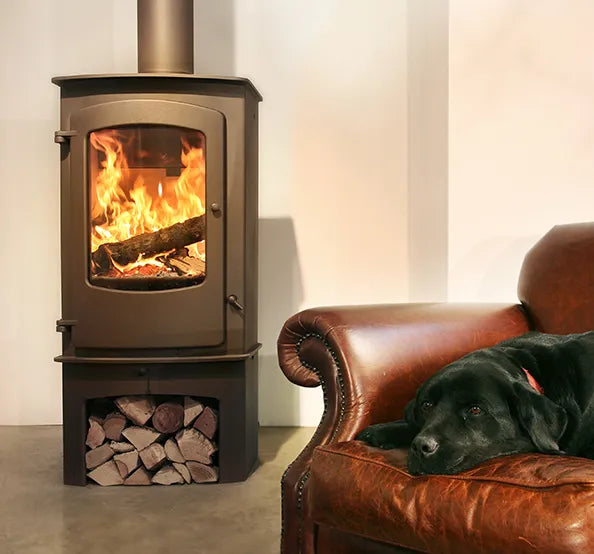There’s nothing quite like the comfort of a crackling wood fire in the middle of an Aussie winter. But when things start going pear-shaped — cold air from the fan, blackened glass, or smoke that’d put a bushfire to shame — it’s time to get your inner fire-whisperer on.
Thanks to updated Australian emission standards in 2016 and 2019, today’s wood heaters are cleaner and more efficient than ever. But that also means they need the right fuel, installation, and operation to keep working at their best.
Whether you’ve just had your unit installed or it’s been part of the family for years, here’s your go-to guide for troubleshooting common wood fire problems — plus a handy video walk-through from the team at Mowerland & Heating.
Problem 1: Glass Going Black
If the glass on your wood fire is getting covered in a black sooty mess, you’re not alone. It’s a common issue caused by either wet wood or improper use.
Why it happens:
-
Wood with high moisture content (unseasoned or wet)
-
Shutting down airflow too soon before the fire is established
Fix it:
-
Only burn seasoned hardwood that's been drying for at least 12 months
-
Use a moisture meter to check wood — it should be 20% or less
-
Don’t close the air intake too early. Let the fire roar first.
Tip: Still not sure about your fuel? Check out our “How to Choose Firewood” guide.
Problem 2: Fan Blowing Cold Air
Nothing kills the cosy vibes like a heater fan blasting arctic air into your lounge room.
Why it happens:
-
Fan was switched on too early before the unit heated up
-
Fire is in shut-down mode but the fan's still running
Fix it:
-
Wait up to an hour after lighting the fire before turning the fan on
-
Always turn the fan off overnight
-
Avoid using the fan during extended slow burns
Problem 3: Lazy Fire (Hard to Start or Keep Going)
Is your fire just not getting its act together with the door closed? That’s what we call a lazy fire.
Why it happens:
-
Poor flue setup (too short, bent or blocked)
-
Poor airflow or negative pressure in the home
-
Airtight homes with no additional ventilation
Fix it:
-
Check your flue height and placement
-
Try opening a window or door briefly while lighting the fire — if it improves, you might need to add ventilation
-
Make sure exhaust fans and ducted systems aren’t competing for air
Want a visual guide? Watch our “How to Install Your Wood Heater” video for a flue deep-dive.
Problem 4: Poor Heat Output
You’ve got flames, but the room’s still chilly? That’s a red flag.
Why it happens:
-
Wet or poorly seasoned wood
-
Fire hasn’t reached operating temp
-
Fan was turned on too early
-
Flue isn’t drawing enough air
Fix it:
-
Use a moisture meter and only burn properly seasoned hardwood
-
Let the fire heat the metal box before shutting it down or turning the fan on
-
Double-check your flue setup and make sure it’s the right height
Problem 5: Smoke From the Flue
If your chimney looks like a steam train pulling into town, it’s time for a tune-up.
Why it happens:
-
Wet wood again (see a pattern here?)
-
Incorrect flue installation
-
Poor burn technique or oversized wood
-
Unit needs a clean
Fix it:
-
Start with your wood — check the moisture levels
-
Make sure your flue meets installation specs and is clear of blockages
-
Clean out the baffle and check the firebox for buildup
👉 See our “Wood Heater Maintenance” video for the full cleaning rundown.
Still Stuck?
We’re here to help. If your wood heater’s still not behaving, pop into Mowerland & Heating or get in touch with our team. We’ll have you toasty again in no time.
Bonus: Quick Fire Checklist
✅ Use dry, seasoned wood
✅ Wait to switch on the fan
✅ Don’t shut down the fire too early
✅ Ventilate airtight homes
✅ Keep your flue clean and correctly installed


Share:
Keep Your Wood Fire Cracklin’ – The Mowerland Way to Annual TLC
Why Bathurst is Falling in Love with the Big Green Egg